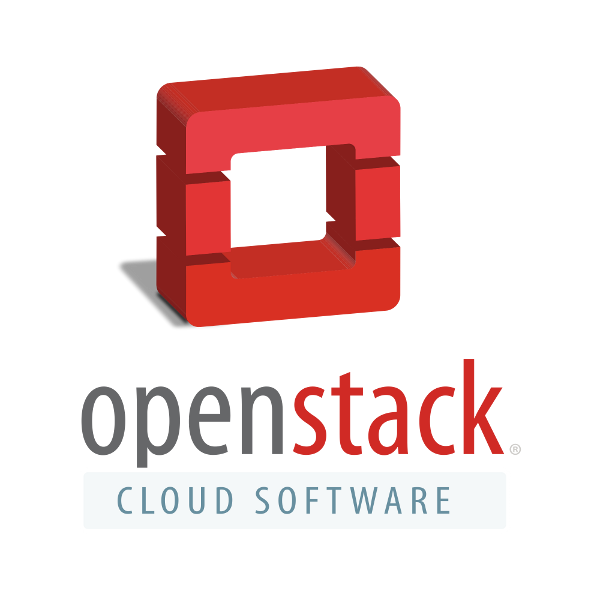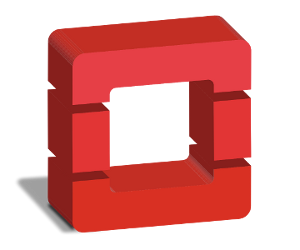It started in mid-2010 with Rackspace Hosting and NASA jointly launching an open-source cloud-software initiative known as OpenStack, since when over 500 companies have joined the project. Since 2012 it has been manged by the Openstack Foundation, a not for profit organisation that oversees both the development and community-building around the project.
OpenStack is a set of software tools for building and managing cloud computing platforms for public and private clouds. Backed by some of the biggest companies in software development and hosting, as well as thousands of individual community members, many think that OpenStack is the future of cloud computing.
 With OpenStack you can deploy virtual machines and other instances which handle different tasks for managing a cloud environment on the fly. It enhances scalability, meaning that tasks which benefit from running concurrently can easily serve more or less users on the fly by just spinning up more instances.
With OpenStack you can deploy virtual machines and other instances which handle different tasks for managing a cloud environment on the fly. It enhances scalability, meaning that tasks which benefit from running concurrently can easily serve more or less users on the fly by just spinning up more instances.
For example, a mobile application which needs to communicate with a remote server might be able to divide the work of communicating with each user across many different instances, all communicating with one another but scaling quickly and easily as the application gains more users.
OpenStack is open source software, which means that anyone can access the source code, make any changes or modifications they need, and freely share these changes back out to the community at large. It also means that OpenStack has the benefit of thousands of developers all over the world working in tandem to develop the strongest, most robust, and most secure product that they can.
How is OpenStack used in a cloud environment?
This article was first published in OH Magazine Issue 31, 4/2015, p8-9. Please SUBSCRIBE if you wish to see the full article.

